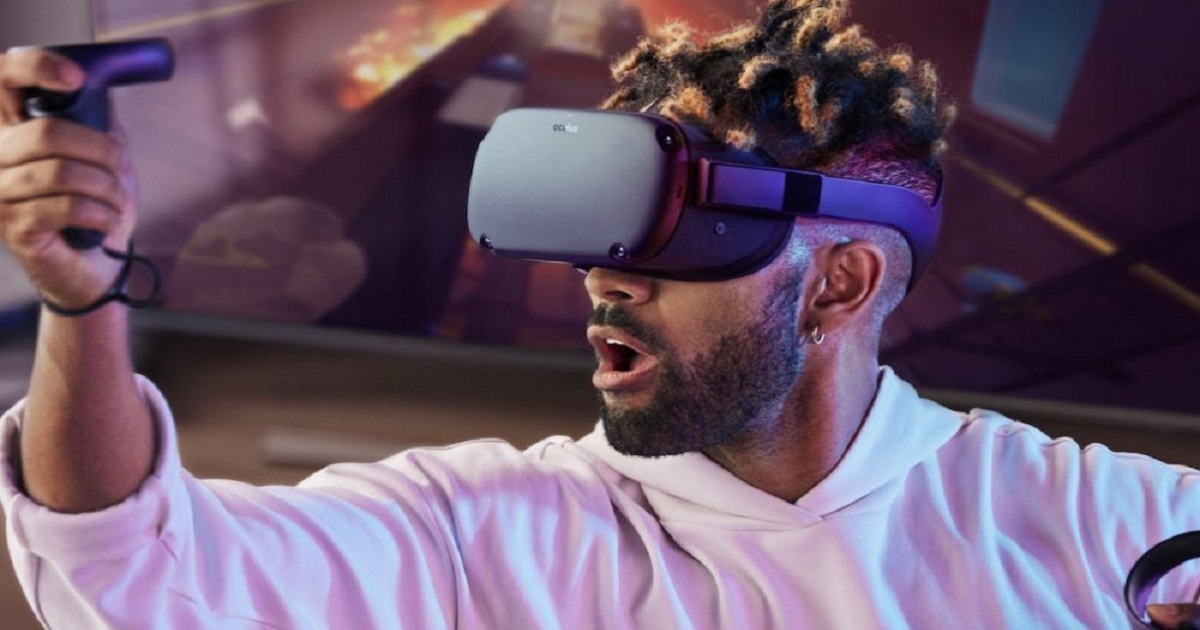The Future Of Virtual Reality Is Wireless
UploadVR | October 23, 2018

In recent months we’ve been talking about some new definitions and marketing terms that are coming into more popular use — “wireless” and “standalone” VR. While we’ve seen hints of it in 2018, next year is when the technology will really take off.Before I get into why that’s going to be the case, here’s an overview of where everything is for VR near the end of 2018:We’ve tested the “Vive Wireless Adapter” and Vive Pro powered by Intel’s WiGig technology, as well as the forthcoming Oculus Quest headset and its truly wireless “Insight” tracking system. They both seem to work well.Google’s head of VR and AR Clay Bavor made clear to us in a 2017 interview that Google could pursue its own devices in VR and AR. Google’s hiring of teams working on software like Tilt Brush, Soundstage and Job Simulator join home-grown projects like Blocks that generally indicate awareness of a consumer desire for intuitive hand-based input in VR. Most recently, Google signaled its intent to power a wireless standalone VR system with the kind of hand input we’ve come to expect from Vive, Rift, PSVR and even Windows-based headsets.